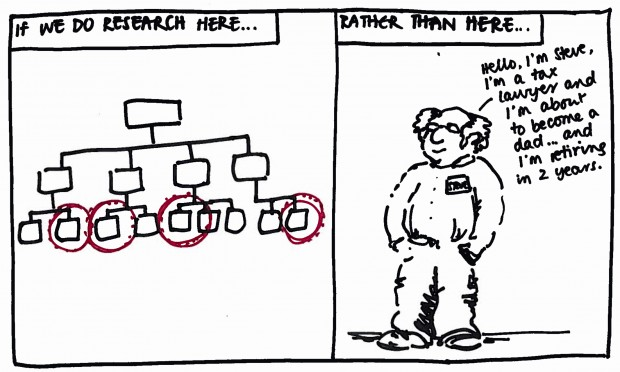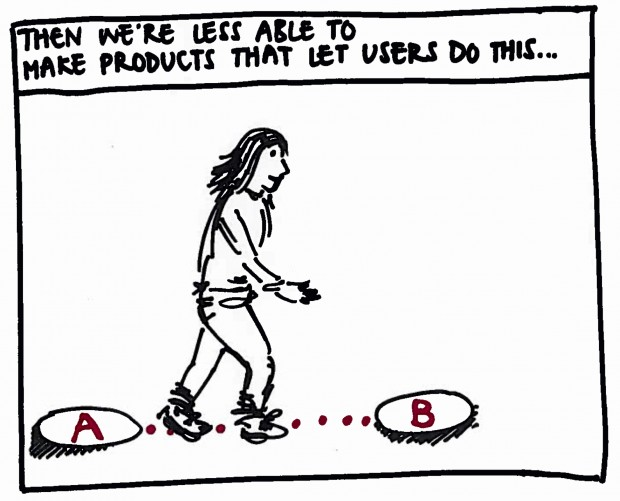I'm Leisa Reichelt and I lead the user research community at the Government Digital Service (GDS).
I'm very excited to see the Having a baby project is underway as it fits perfectly with the kind of user research we're doing at GDS, and which we're encouraging teams to do all over government.
That is: user research that pays attention to all the different government experiences a user encounters when they're accessing a service. This approach means that we don’t filter experiences out because they’re 'out of scope' for the project: every part of the user’s journey counts whether it’s in scope of the service or not.
We know that when users have contact with one part of government, it’s often at a time when they need to interact with several different parts of government. Having a baby is one of these times. In addition to increased interaction with health services, people having a baby can experience changes in housing, benefits, childcare, work arrangements and maternity leave.
It’s good for us to understand the user needs for each of these services individually, but understanding them from the perspective of the end user - who experiences them simultaneously and often not in a very coordinated way - reveals opportunities for us to really transform their experience at times that can be quite stressful.
As Naintara Land, my colleague at GDS, recently illustrated:
So, the brief for the user research on this project has been to understand professionals and families experience of pregnancy, and the weeks and months immediately after childbirth.
The project had a particular aim to look for opportunities where health and care services could be better supported by digital services, while also capturing the experiences and opportunities for non-digital channels and for interactions with government that are not part of the health ecosystem.
We want to make maps of the diversity of user needs that people have at these key transitions in their lives, and share them across government so we can:
- develop a richer understanding of the actual lived experience of our users,
- reduce duplication of user research across government,
- and identify opportunities where a more coordinated approach across government might better meet user needs, reduce cost to government and ultimately provide a better end user experience.
It’s been exciting to see some of these cross-government insights emerge from the user research done on this project. I look forward to seeing this user research inform opportunities for health and care for maternity and early childhood. I also look forward to seeing how all the other parts of government benefit from what this project discovers.


1 comment
Comment by Keith Morss posted on
very encouraged to see the initiative but i hope when creating the standard pathways that enable 80% of users, that due consideration and flexibility is given to the variables ie in the case of pregnancy (disability) particularly the impact of multiple impairments. Having worked in Public health and experienced first hand the lack of multidisciplinary understanding of professionals from the NHS at GP and consultant level it would improve the services tremendously.